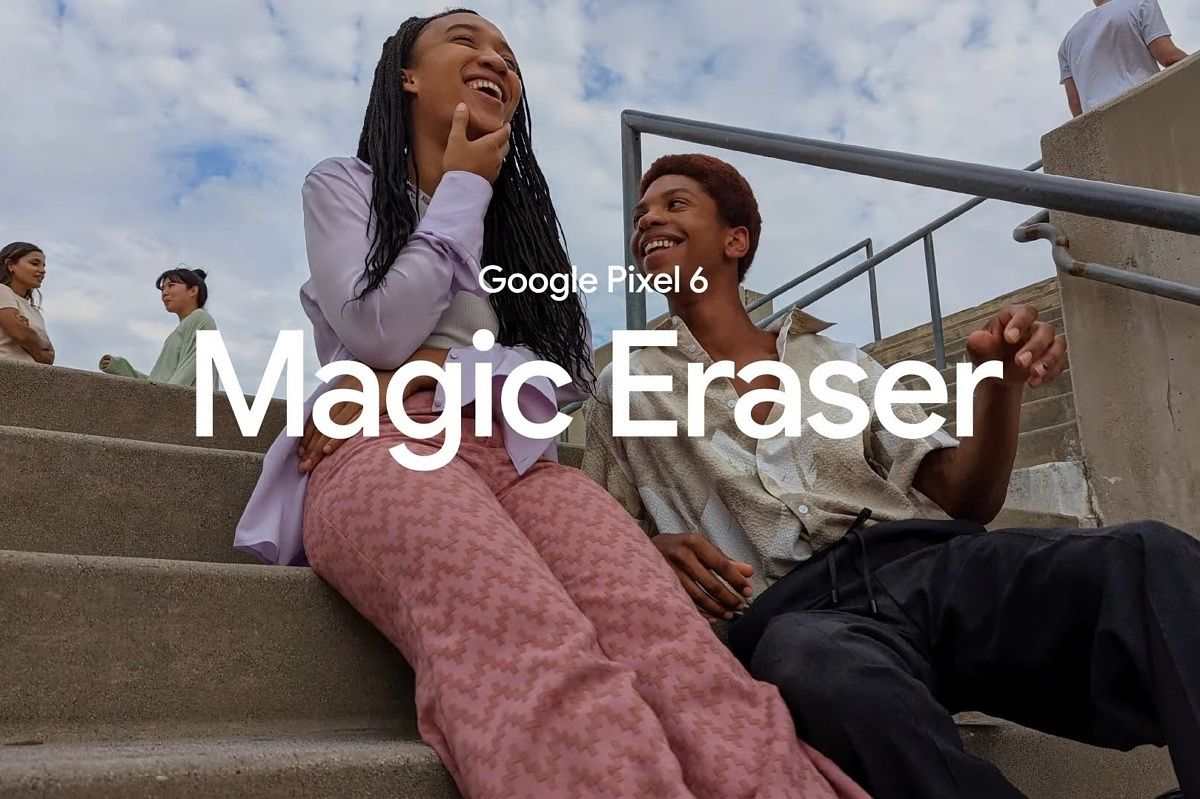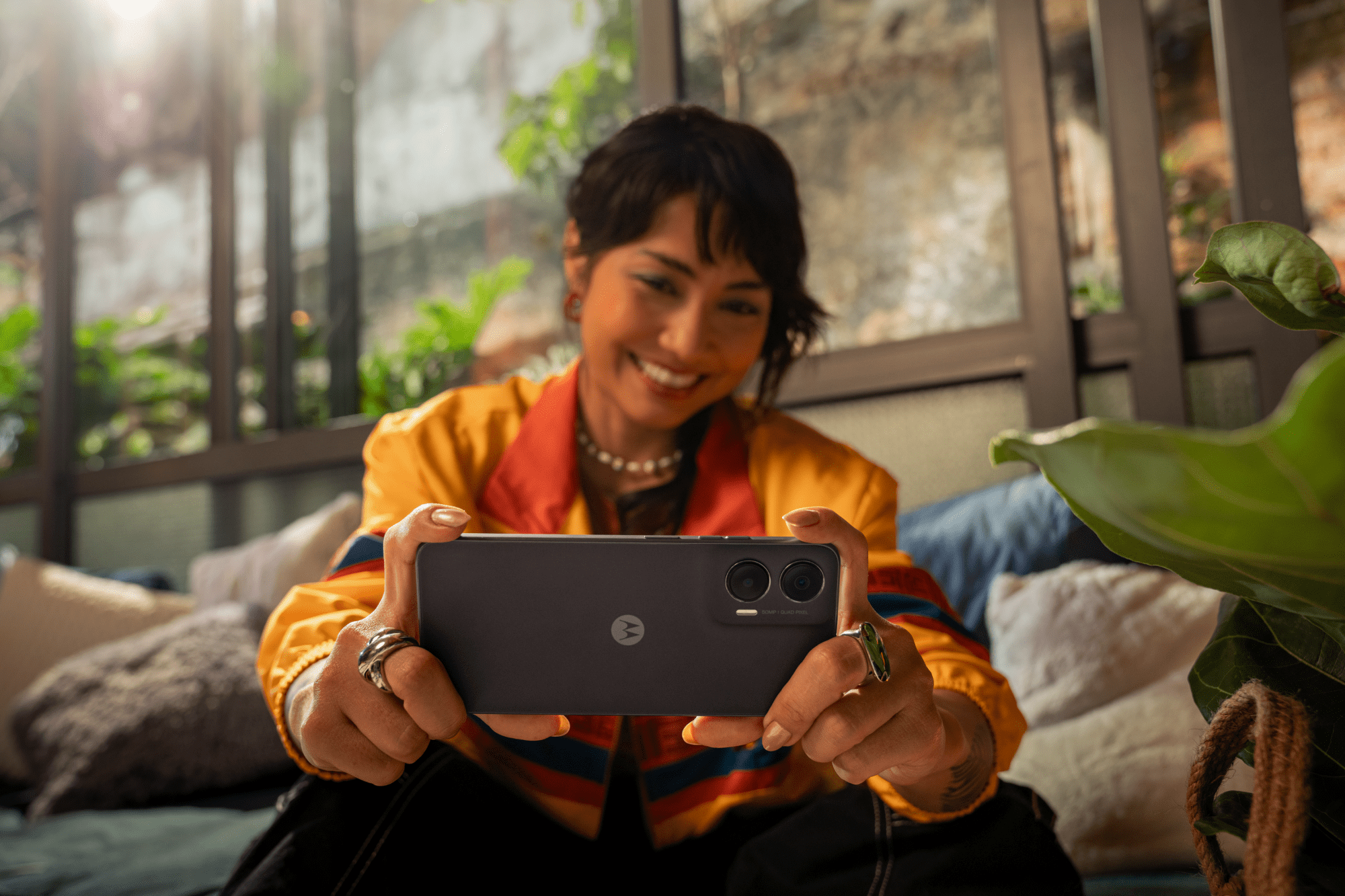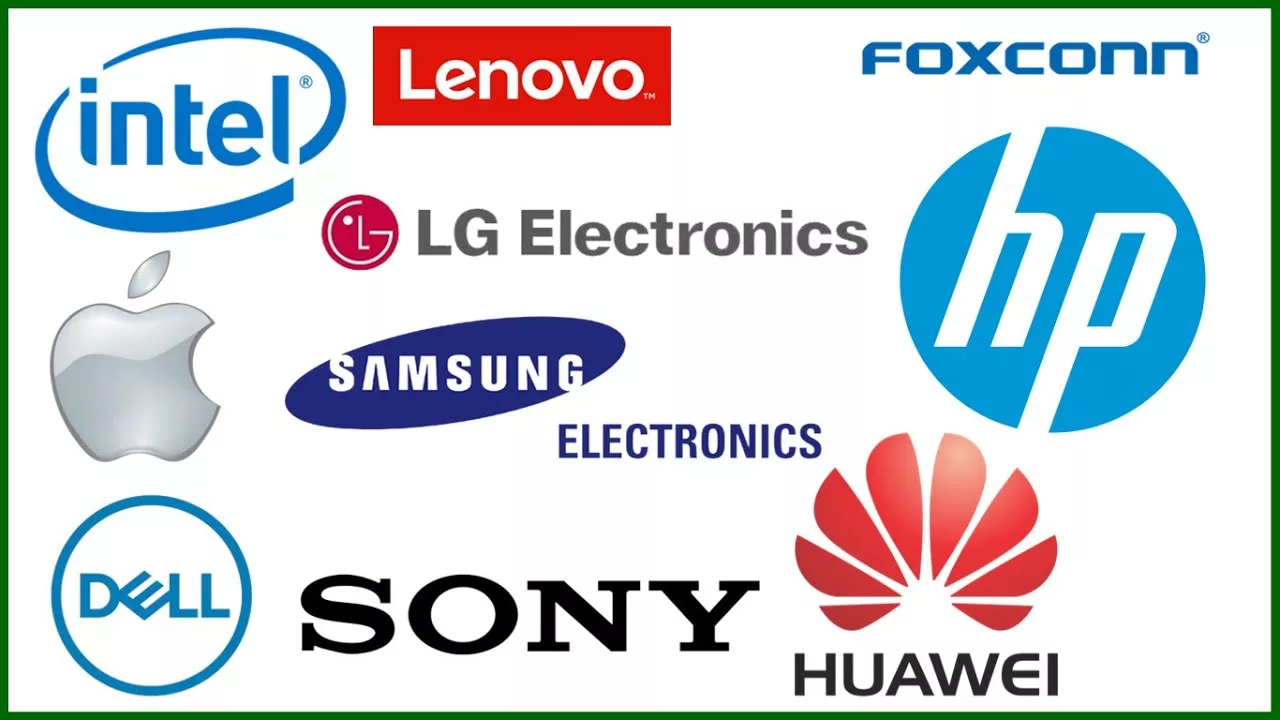In today's fast evolving tech landscape, artificial intelligence is no longer just a futuristic concept. It is a daily reality, and electronics brands are making it a central part of their marketing stories. From enhancing smartphone photography to streamlining laptop performance, AI features are now showcased as real world solutions that make technology feel personal and powerful.

One of the earliest signs of this shift came when Google Pixel launched Magic Eraser, allowing users to remove unwanted elements from photos with a simple touch. What began as a cool feature quickly transformed into a trend. Now, brands like Samsung, Apple, OPPO, Dell, and ASUS are weaving AI into their product experience, and more importantly, into the way they market it.
Google's Magic Eraser and Best Take are just the beginning. Dell promotes laptops that take meeting notes automatically, ASUS emphasizes battery saving smart adjustments, and Motorola highlights contextual suggestions that adapt based on user behavior. OPPO has seen its AI Eraser feature used over fifteen times a day on average, proving that such capabilities are not just gimmicks but tools that users genuinely rely on.

Sushant Vashistha from OPPO India believes that when AI is intuitive and personal, it resonates deeply with consumers. Today’s buyers no longer want to hear about abstract specifications. They want to know how the device fits into their life and simplifies it. That shift is now reflected in almost every ad and campaign in the consumer electronics space.
ADVERTISEMENT
Dell’s approach in India is a strong example. In their campaign targeting students, one story revolves around a girl who forgets her charger but gets through the day easily thanks to long battery life enabled by AI. Another narrative shows twin sisters discovering the power of facial recognition. These stories are not about specs, they are about relatable scenarios that highlight AI as a friendly helper.

At ASUS, Paramjeet Singh Mehta notes that not every AI feature needs to be flashy. Some are better left as silent enhancers, like adaptive battery management or noise cancellation during calls. These elements add value without needing to be front and center. For ASUS, what matters is user experience, not overloading the audience with technical details.
Motorola takes a structured view with four principles: contextual, personal, ubiquitous, and collaborative AI. Their AI features understand user behavior, offer suggestions, and provide support across apps while still letting the user remain in control. This balance between utility and simplicity is a key factor in why AI is becoming such an effective marketing asset.


Acer follows a framework that helps decide which features deserve a marketing spotlight. If an AI capability can be demonstrated easily, solves a relatable problem, and stands out from the competition, it becomes a campaign highlight. Features like photo editing or smart battery use fit that model, while thermal control and app management work silently in the background.
ADVERTISEMENT
Consumers are responding. Acer’s research shows that AI is a major driver in the mid to premium segment, especially for content creators, students, and young professionals. Reports suggest that by 2028, over half of all smartphones shipped globally will be AI capable. As AI awareness spreads, people are upgrading sooner and seeking devices that offer intelligent help in daily life.

Dell, OPPO, and Motorola are also embracing short form content to match attention spans. Each short video focuses on one AI feature and its benefit. This new marketing rhythm is fast, focused, and tailored to the scroll happy habits of today’s consumers.
The message is clear. AI is no longer about sounding futuristic. It is about being useful. Brands that succeed are not just promoting innovation. They are proving how that innovation makes life easier, smoother, and more personal.
To stay updated on how top brands are shaping the future of marketing, follow Marketing Moves on Instagram and Facebook.
















